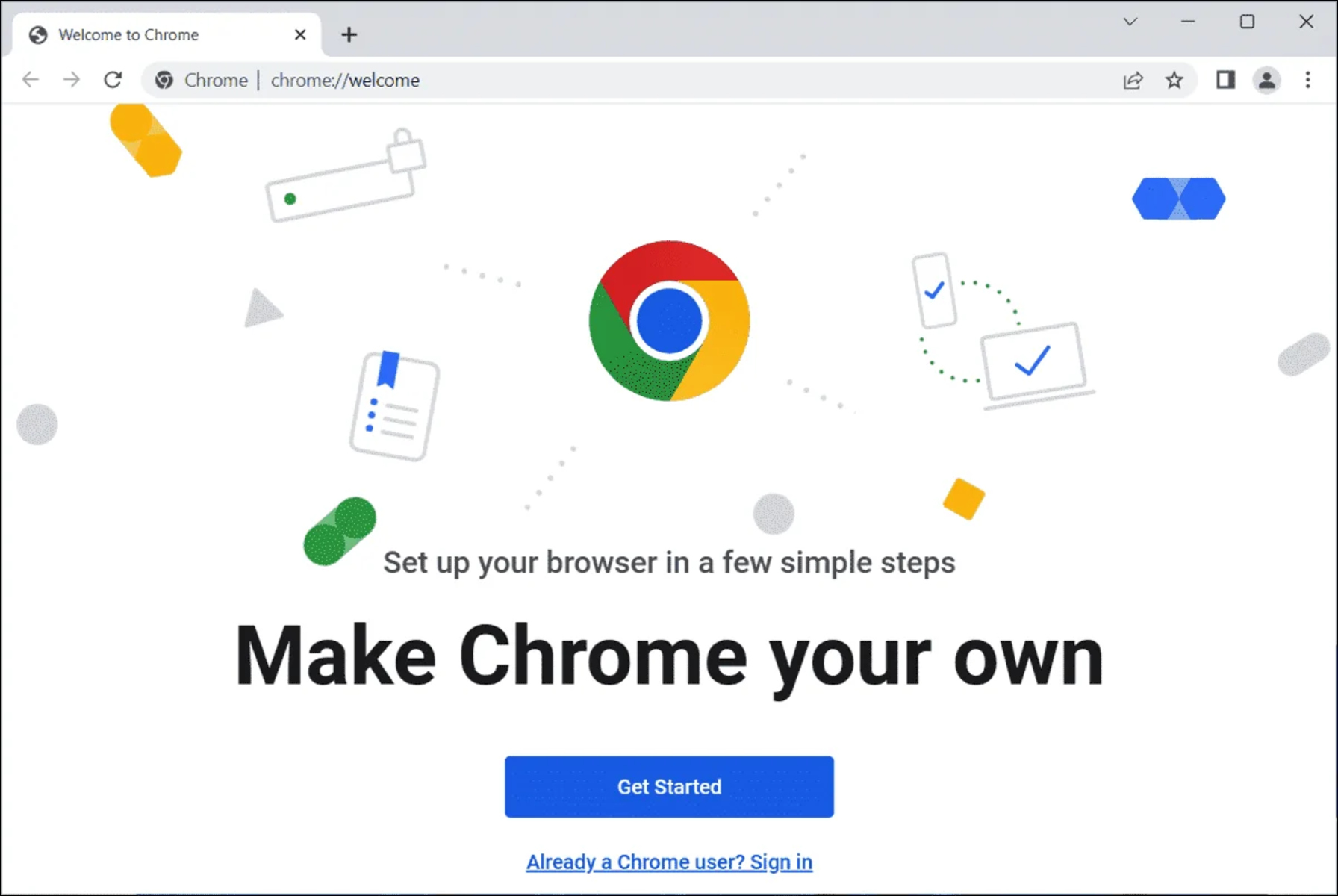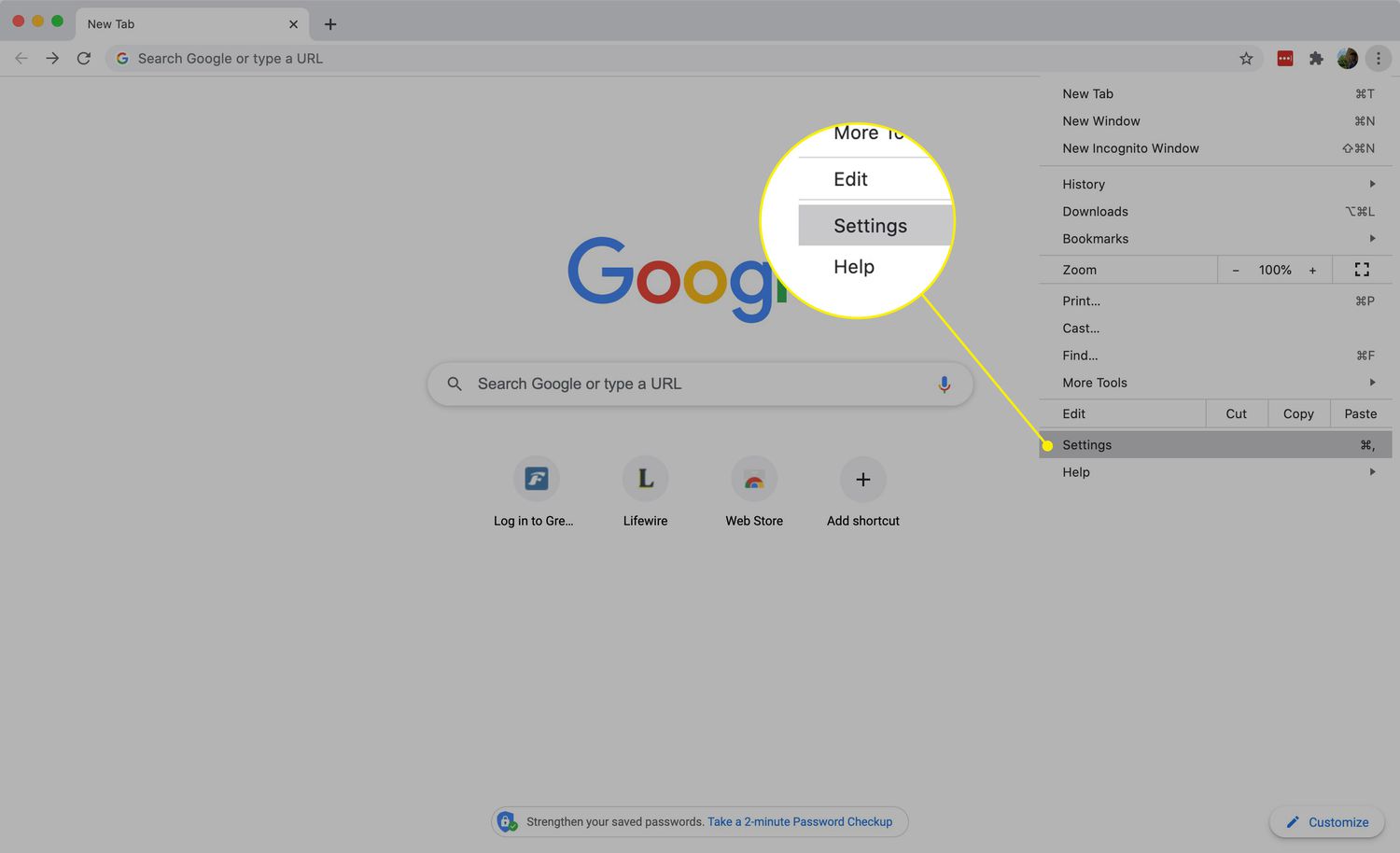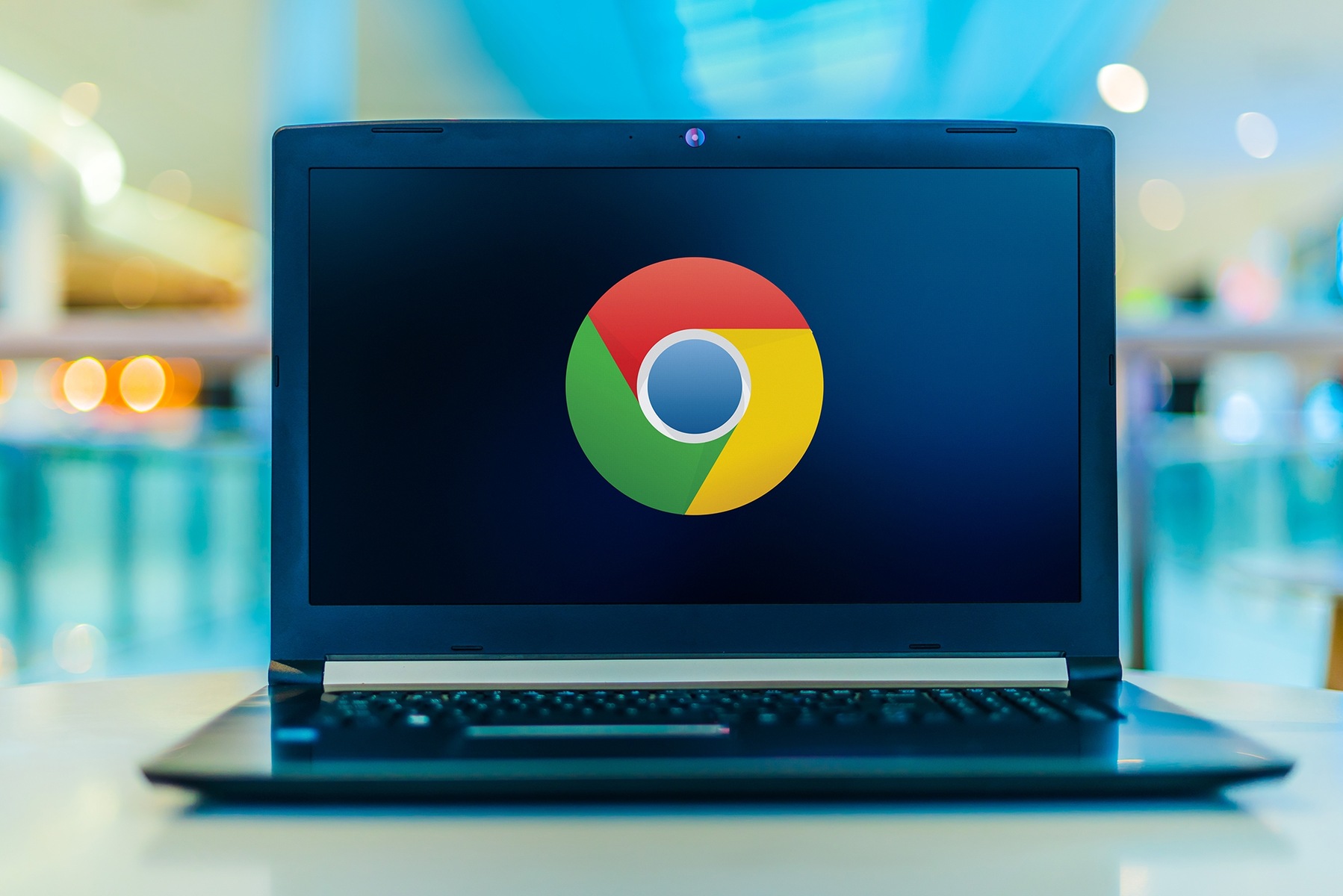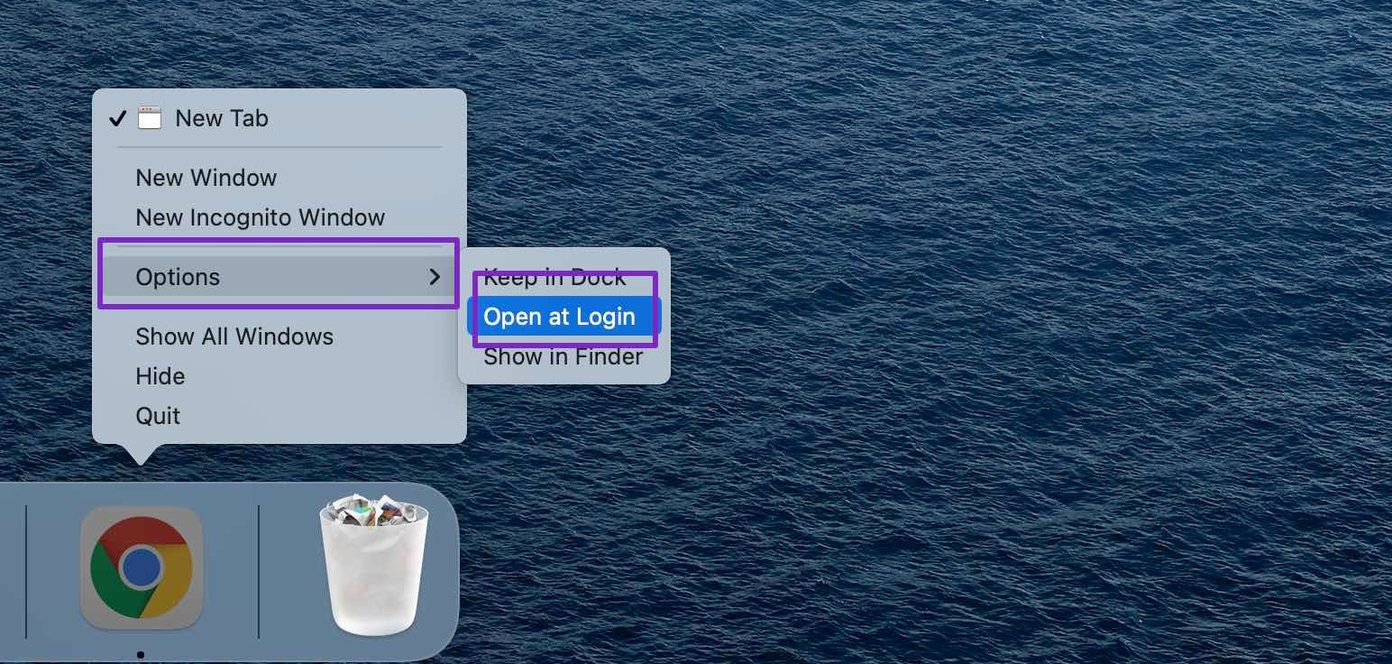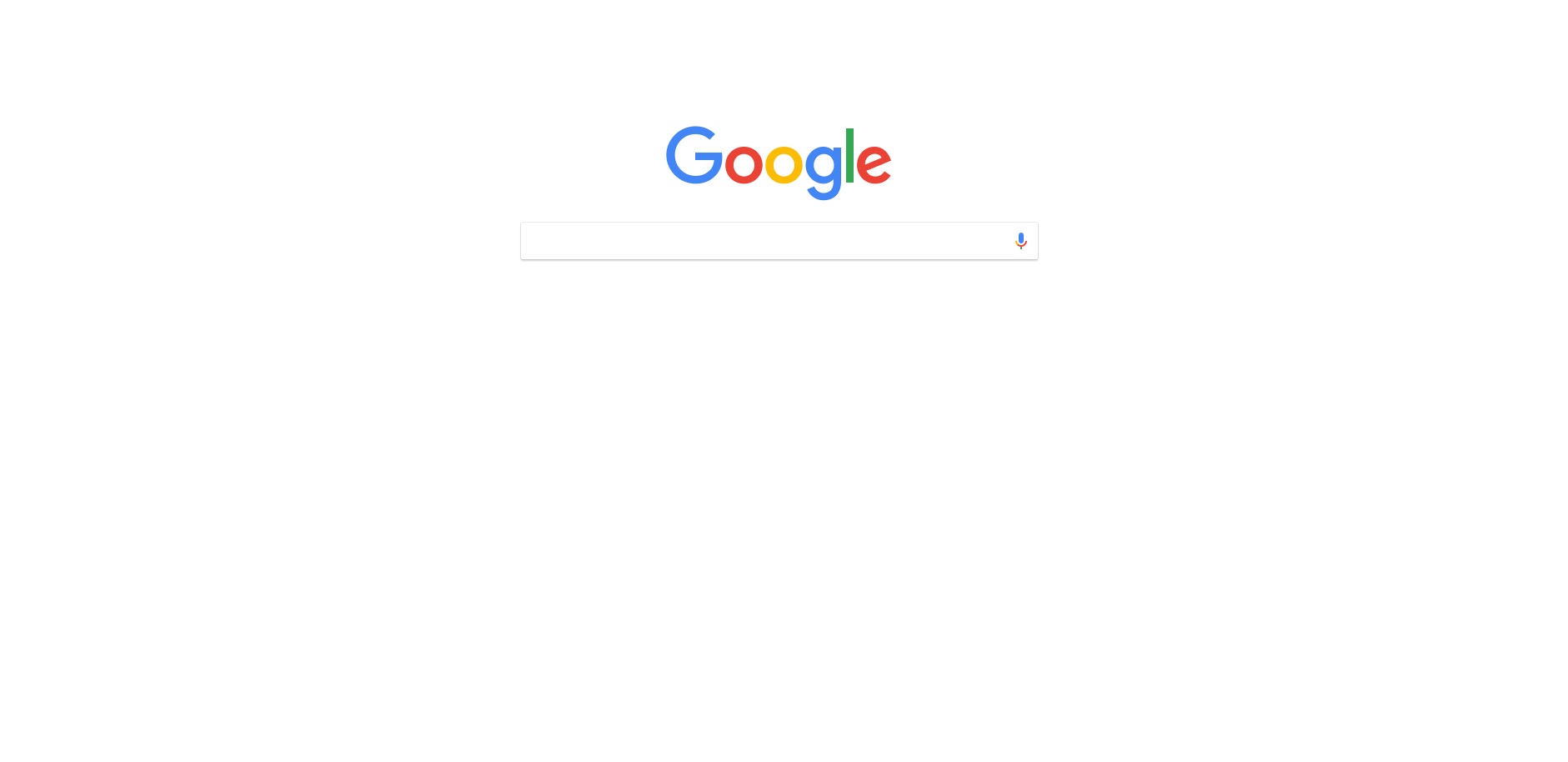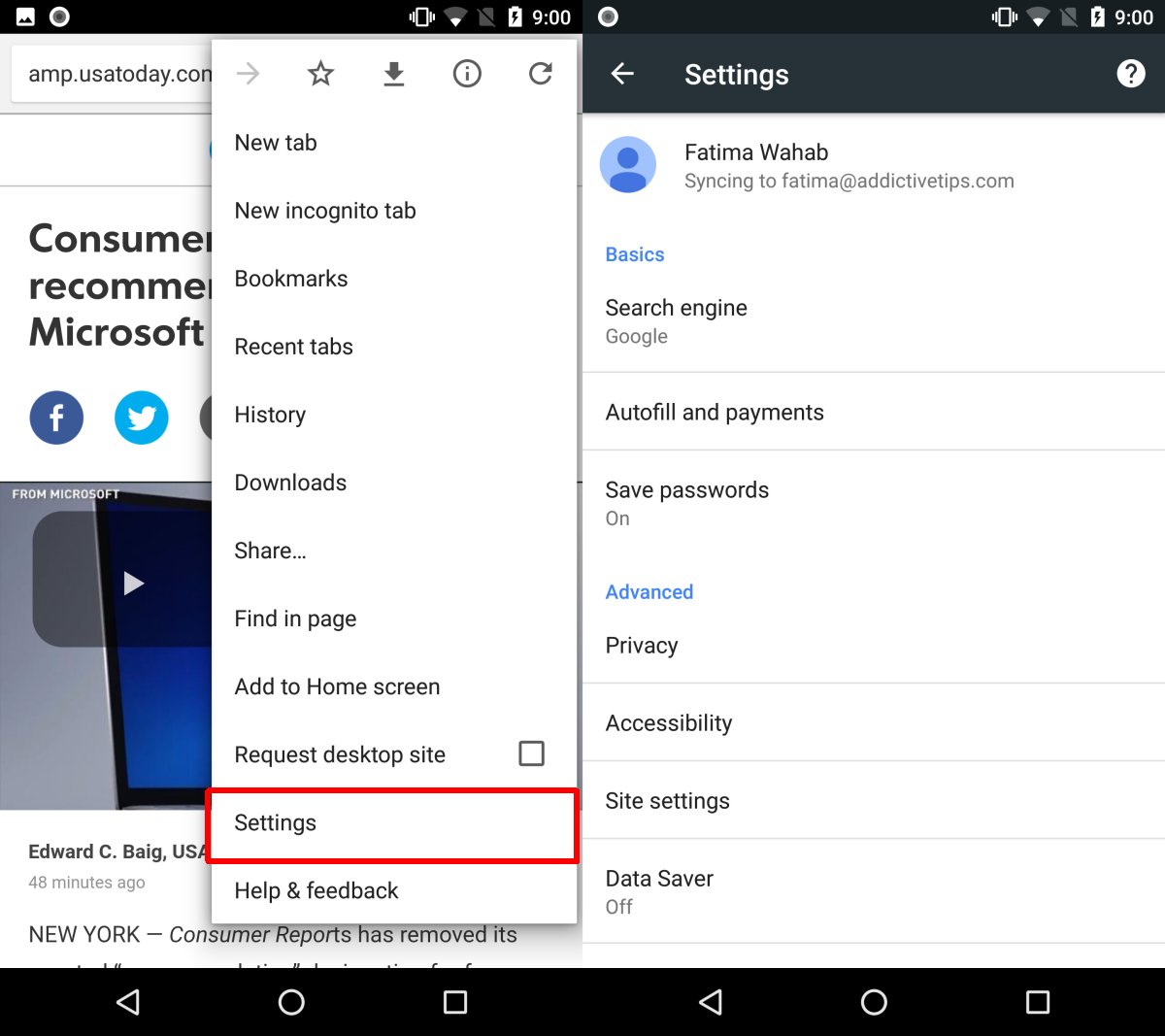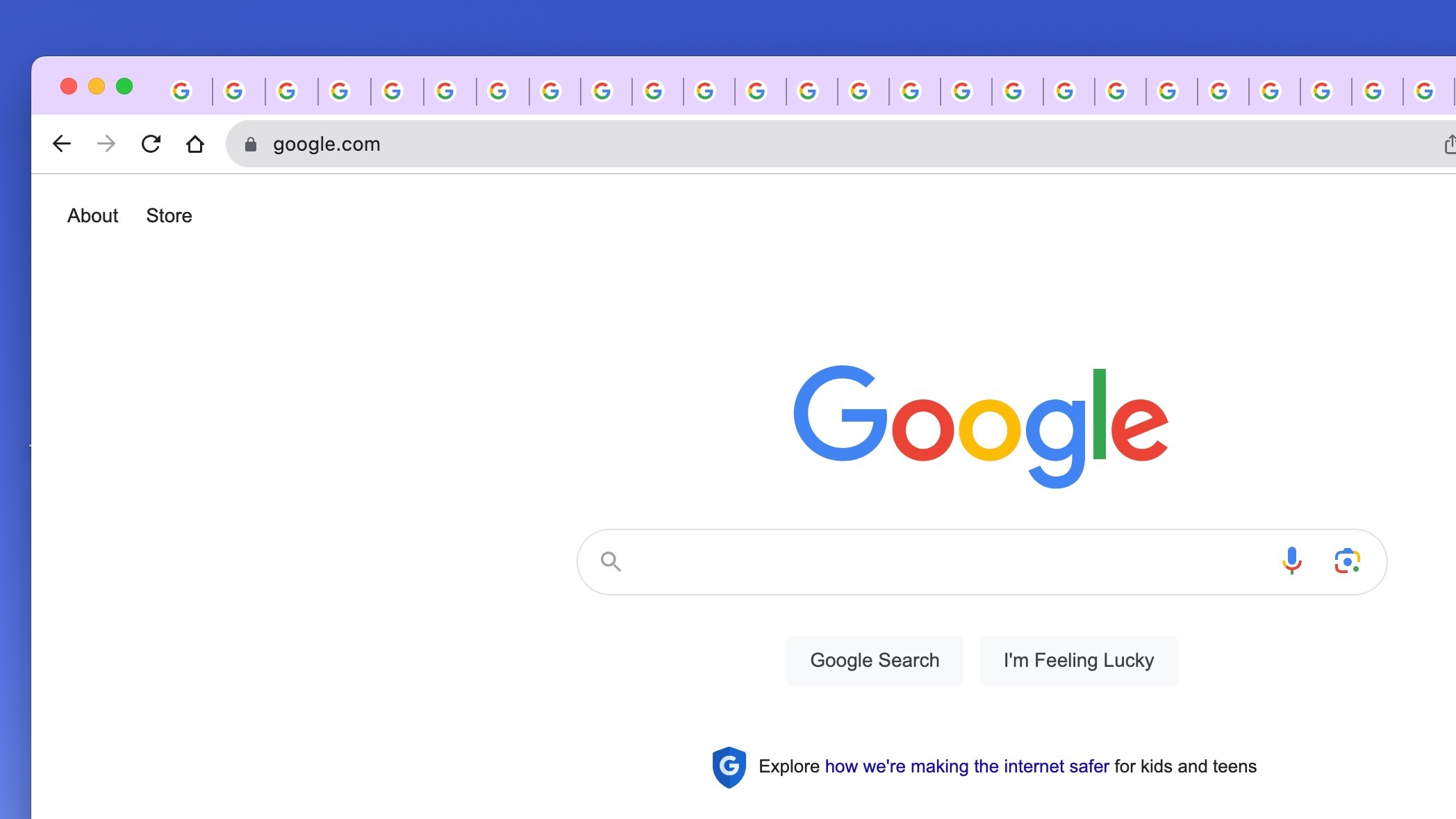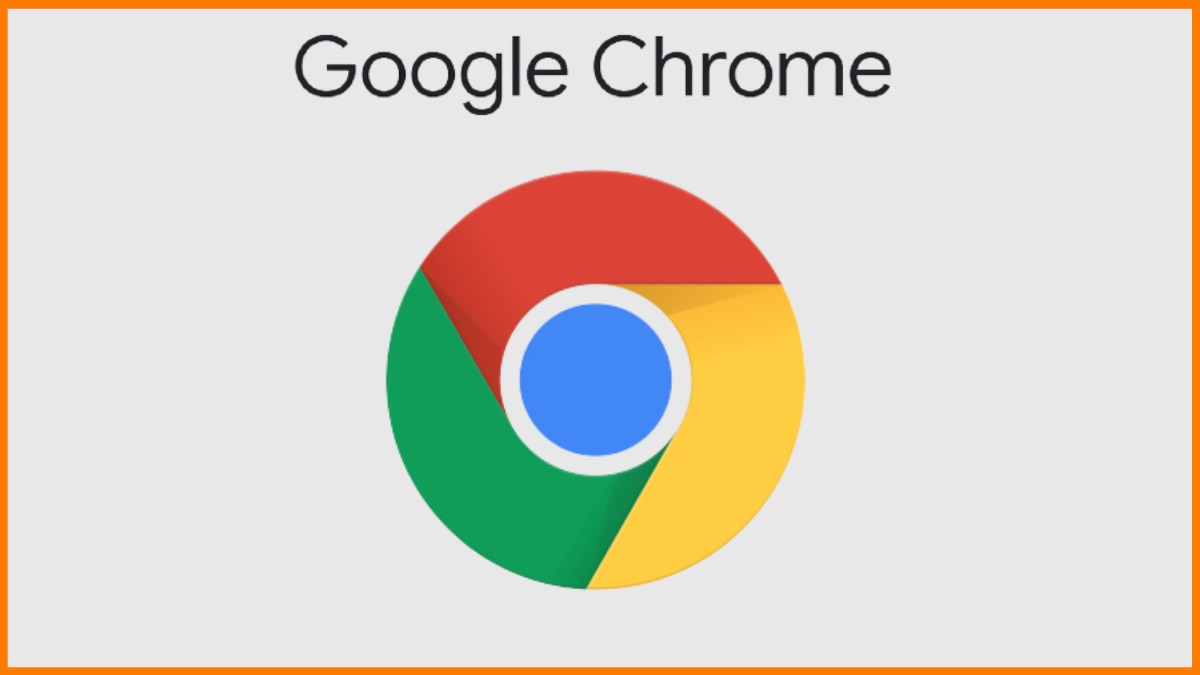Introduction
Starting your day with a cup of coffee and a list of tasks is a routine for many of us. In the digital age, our web browsers have become an essential part of this routine, serving as the gateway to our online activities. If you find yourself repeatedly opening Google Chrome every time you start your computer, you might be wondering if there's a way to streamline this process. The good news is that there are several methods to make Chrome open automatically when you start your computer, saving you time and effort.
In this article, we will explore three straightforward methods to achieve this. Whether you're a busy professional, a student with a packed schedule, or simply someone who values efficiency, these methods will help you seamlessly integrate Chrome into your startup routine. By implementing these techniques, you can ensure that Chrome is ready and waiting for you as soon as your computer boots up, allowing you to dive into your online tasks without delay.
Let's dive into the step-by-step instructions for each method, empowering you to customize your computer's startup behavior and optimize your workflow. Whether you're a tech-savvy individual or someone who prefers user-friendly solutions, you'll find a method that suits your preferences and technical comfort level. So, grab your favorite beverage, get comfortable, and let's explore how to make Chrome open on startup.
Method 1: Using Chrome Settings
Google Chrome offers a convenient built-in feature that allows you to set it to open automatically when you start your computer. This method is straightforward and does not require any advanced technical knowledge, making it accessible to users of all experience levels. By following these simple steps, you can seamlessly integrate Chrome into your startup routine.
-
Open Chrome: Begin by launching Google Chrome on your computer. Ensure that you are using the latest version of the browser to access all the available features and settings.
-
Access Settings: Once Chrome is open, click on the three-dot menu icon located in the top-right corner of the window. From the dropdown menu, select "Settings" to access the browser's configuration options.
-
Set Chrome to Open on Startup: Within the Settings menu, scroll down and locate the "On startup" section. Here, you will find the option to customize Chrome's startup behavior. Click on the "Open the New Tab page" option to reveal a dropdown menu.
-
Choose "Open a Specific Page or Set of Pages": Within the dropdown menu, select the "Open a specific page or set of pages" option. This will allow you to specify which web pages, including specific URLs or the current tabs you have open, should launch when Chrome starts.
-
Add Pages: After selecting the "Open a specific page or set of pages" option, click on the "Add a new page" link. Here, you can enter the URL of the website you want Chrome to open to upon startup. You can add multiple pages by clicking "Add a new page" again and entering additional URLs.
-
Save Changes: Once you have added the desired pages, click "Save" to apply the changes. Chrome will now be configured to open these specified pages automatically when you start your computer.
By utilizing Chrome's built-in settings, you can effortlessly customize the browser's startup behavior to align with your preferences and online activities. This method ensures that Chrome is ready and waiting for you as soon as your computer boots up, streamlining your workflow and saving you valuable time.
Whether you rely on Chrome for work, study, or leisure, integrating it into your startup routine can enhance your overall productivity and online experience. With this simple yet effective method, you can optimize your computer's startup process and seamlessly transition into your online tasks without any unnecessary delays.
Method 2: Using Windows Task Manager
Another straightforward method to make Chrome open on startup involves utilizing the Windows Task Manager. This approach provides a convenient way to manage the programs and applications that launch automatically when your computer boots up. By following the steps outlined below, you can effortlessly configure Windows to launch Chrome upon startup, streamlining your digital workflow.
-
Access Windows Task Manager: To begin, right-click on the taskbar at the bottom of your screen and select "Task Manager" from the context menu. Alternatively, you can press "Ctrl + Shift + Esc" on your keyboard to open Task Manager directly.
-
Navigate to the Startup Tab: Once Task Manager is open, navigate to the "Startup" tab at the top of the window. This tab displays a list of programs and their respective startup impact on your system.
-
Locate Google Chrome: In the list of startup programs, locate Google Chrome. You can identify it by its name, "Google Chrome," and the impact it has on startup, which may be categorized as "High," "Medium," or "Low."
-
Enable Chrome to Start on Boot: Right-click on Google Chrome in the list of startup programs and select "Enable" from the context menu. This action will configure Windows to launch Chrome automatically when your computer starts up.
By leveraging the Windows Task Manager, you can conveniently manage the programs that launch during startup, including Google Chrome. This method provides a user-friendly approach to customizing your computer's startup behavior, allowing you to integrate Chrome seamlessly into your daily routine.
Whether you rely on Chrome for work, study, or leisure, ensuring that it opens automatically when you start your computer can enhance your overall productivity and online experience. With the straightforward steps outlined above, you can optimize your digital workflow and eliminate the need to manually launch Chrome every time you boot up your computer.
Implementing this method empowers you to take control of your computer's startup programs, tailoring them to align with your preferences and online activities. By making Chrome a part of your computer's automatic startup routine, you can streamline your digital experience and transition seamlessly into your online tasks without any unnecessary delays.
Method 3: Using Startup Folder
Utilizing the Startup folder in Windows provides a straightforward and effective method to make Google Chrome open automatically when you start your computer. By placing a shortcut to Chrome in the Startup folder, you can ensure that the browser launches seamlessly as part of your computer's startup process. This approach is user-friendly and does not require advanced technical expertise, making it accessible to users of all experience levels.
Here's a step-by-step guide to leveraging the Startup folder to integrate Chrome into your computer's automatic startup routine:
-
Access the Startup Folder: Begin by accessing the Startup folder on your Windows computer. You can do this by pressing
Windows + Ron your keyboard to open the Run dialog, then typingshell:startupand pressing Enter. This will open the Startup folder in Windows Explorer. -
Create a Chrome Shortcut: With the Startup folder open, locate the Google Chrome application or its shortcut. Right-click on the Chrome application or shortcut, then select "Copy" from the context menu.
-
Paste Shortcut into Startup Folder: Right-click within the Startup folder and select "Paste" from the context menu. This action will place a shortcut to Google Chrome in the Startup folder, indicating to Windows that Chrome should launch automatically when your computer starts up.
-
Verify the Shortcut: Double-check to ensure that the Chrome shortcut is now present in the Startup folder. This verification step ensures that Windows will initiate the Chrome browser as part of the automatic startup process.
By following these simple steps, you can effectively leverage the Startup folder in Windows to streamline your computer's startup behavior and integrate Google Chrome seamlessly into your daily routine. This method empowers you to customize your computer's startup programs, ensuring that Chrome is ready and waiting for you as soon as your computer boots up.
Integrating Chrome into your computer's automatic startup routine can significantly enhance your digital workflow, saving you valuable time and eliminating the need to manually launch the browser with each startup. Whether you rely on Chrome for work, study, or leisure, implementing this method allows you to transition seamlessly into your online tasks without any unnecessary delays.
By leveraging the user-friendly approach of placing a Chrome shortcut in the Startup folder, you can optimize your computer's startup process and ensure that your preferred web browser is readily available as soon as you begin your digital endeavors.
Conclusion
In conclusion, ensuring that Google Chrome opens automatically when you start your computer can significantly streamline your digital workflow and enhance your overall productivity. By exploring the three methods outlined in this article, you have gained valuable insights into seamlessly integrating Chrome into your computer's startup routine, tailored to your preferences and technical comfort level.
Whether you opted for the user-friendly approach of leveraging Chrome's built-in settings, the convenience of using the Windows Task Manager, or the straightforward method of utilizing the Startup folder, you have empowered yourself to take control of your computer's startup behavior. These methods not only save you time and effort but also ensure that Chrome is readily available as soon as you begin your digital endeavors, whether for work, study, or leisure.
By customizing your computer's startup programs to include Google Chrome, you have eliminated the need to manually launch the browser with each startup, allowing for a seamless transition into your online tasks without any unnecessary delays. This optimization of your digital workflow can have a tangible impact on your daily routine, enabling you to dive into your online activities with efficiency and focus.
Furthermore, integrating Chrome into your computer's automatic startup routine aligns with the modern need for streamlined processes and seamless digital experiences. As technology continues to play a central role in our lives, optimizing the startup behavior of essential applications such as web browsers becomes increasingly relevant.
Ultimately, by implementing the method that best suits your preferences and technical proficiency, you have taken a proactive step toward enhancing your digital experience. Whether you are a busy professional, a student with a packed schedule, or simply someone who values efficiency, the ability to make Chrome open on startup empowers you to start your day with a streamlined digital environment, ready to tackle your online tasks with ease.
In embracing these methods, you have not only optimized your computer's startup process but also gained valuable insights into managing startup programs and customizing your digital environment to align with your unique needs and preferences. As you navigate the digital landscape, these skills and knowledge will continue to serve you well, contributing to a seamless and efficient online experience.







